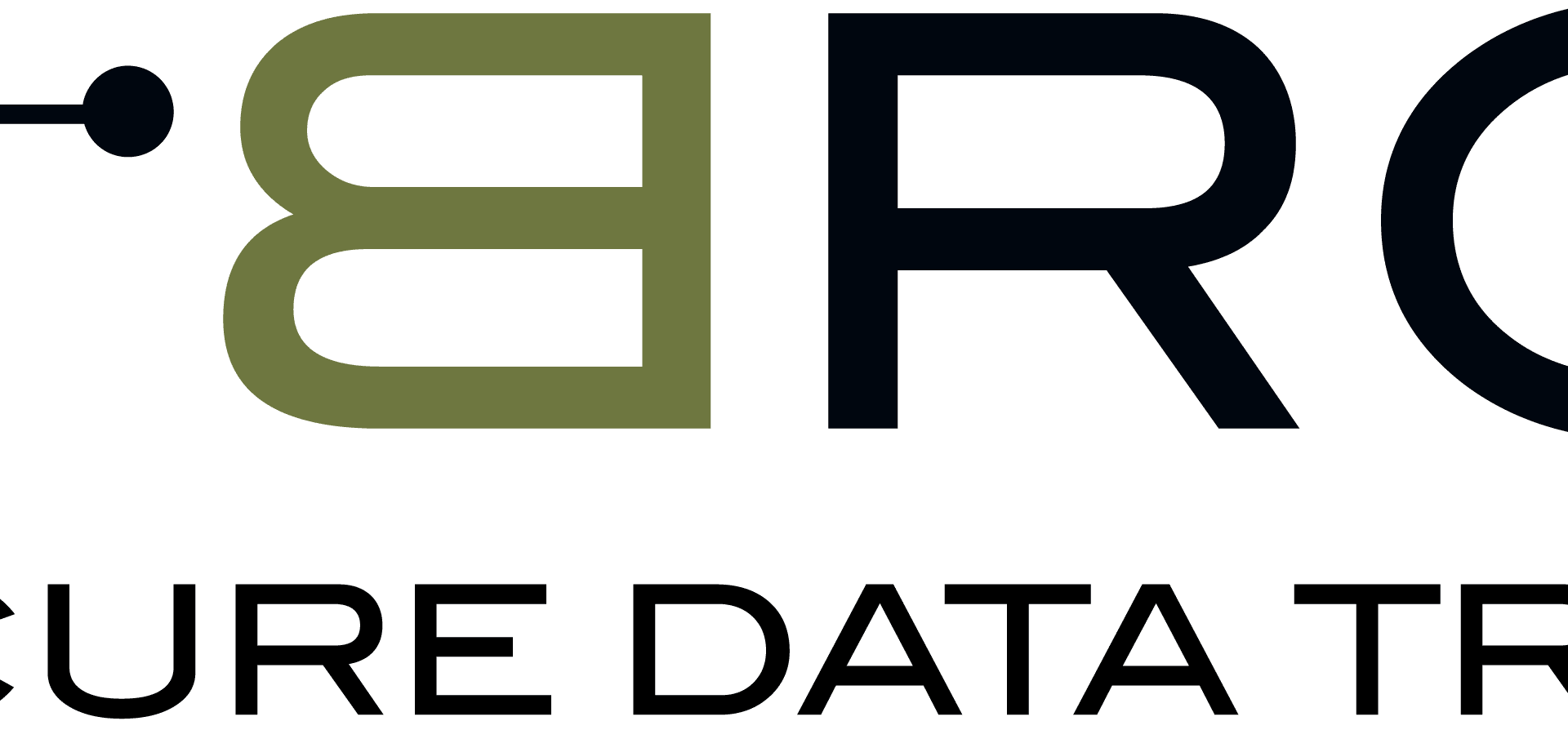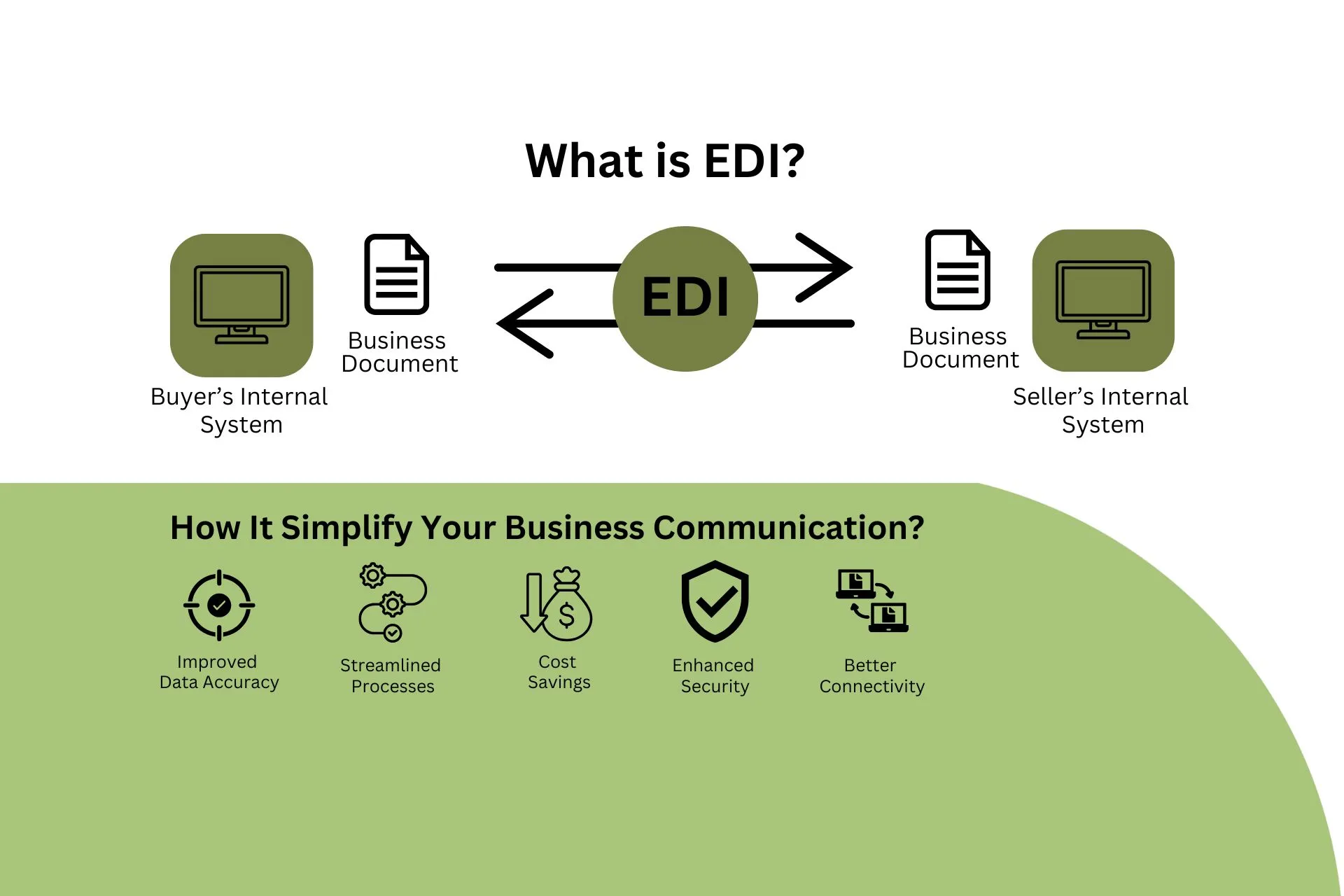With the advent of the digital age, data has become the lifeblood of businesses, and safeguarding sensitive information has become paramount. Since data can offer a lot of insights into a business, the risk of data breaches looms large, making organizations need to fortify their digital defenses. This article explores key strategies to mitigate the risk of data breaches, emphasizing the importance of data security, encryption, and leveraging advanced security options to combat emerging threats.

Prioritize Data Security
If you want to use the data to the maximum and prevent any advantage for other companies, you must invest in prioritizing data security. Organizations must implement robust security measures to safeguard sensitive information. Some of the measures include comprehensive access controls, regular security audits, and the establishment of clear data handling protocols. By cultivating a culture of data security, businesses can significantly reduce the vulnerability to breaches.
Explore Advanced Security Options
Every side has two coins and it holds true for data use as well. Data can take your business to the peak of its potential but cybersecurity threats can crash it down into the ground as well. Advanced security options, such as intrusion detection systems, firewalls, and next-generation antivirus solutions, provide an additional layer of defense against sophisticated attacks. Investing in cutting-edge security technologies is vital in staying ahead of evolving threats.
Automation: The new best friend of businesses
Automating data processes enhances operational efficiency and contributes to data safety. Automation reduces the risk of human error, a common factor in data breaches. Organizations can minimize the chances of accidental exposure and unauthorized access by implementing automated data handling and processing workflows, reinforcing the overall security posture. In other words, when you give minimum access to manual data handling, you will have no room for exposure.
Credential stuffing: It is a common issue, in which attackers obtain unauthorized access by using stolen credentials. To alleviate this danger, it is imperative to strengthen authentication mechanisms. Credential-stuffing attacks are considerably less effective when multi-factor authentication (MFA) is implemented since it offers an additional layer of protection and requires users to prove their identity through various means.
Encryption: The foundation of data security is encryption. Organizations must give end-to-end encryption for sensitive data in transit and at rest top priority. This guarantees that the data will remain unreadable even in the event of unwanted access without the necessary decryption key. Data is turned into a safe haven via encryption, adding another line of security against intrusions.
In conclusion, reducing the risk of data breaches requires a comprehensive and proactive approach. Prioritizing data security, exploring advanced security options, embracing data automation, strengthening authentication protocols, and leveraging encryption collectively form a resilient defense against the ever-present threat of data breaches. Organizations must remain vigilant and proactive to safeguard their most valuable asset – data.





